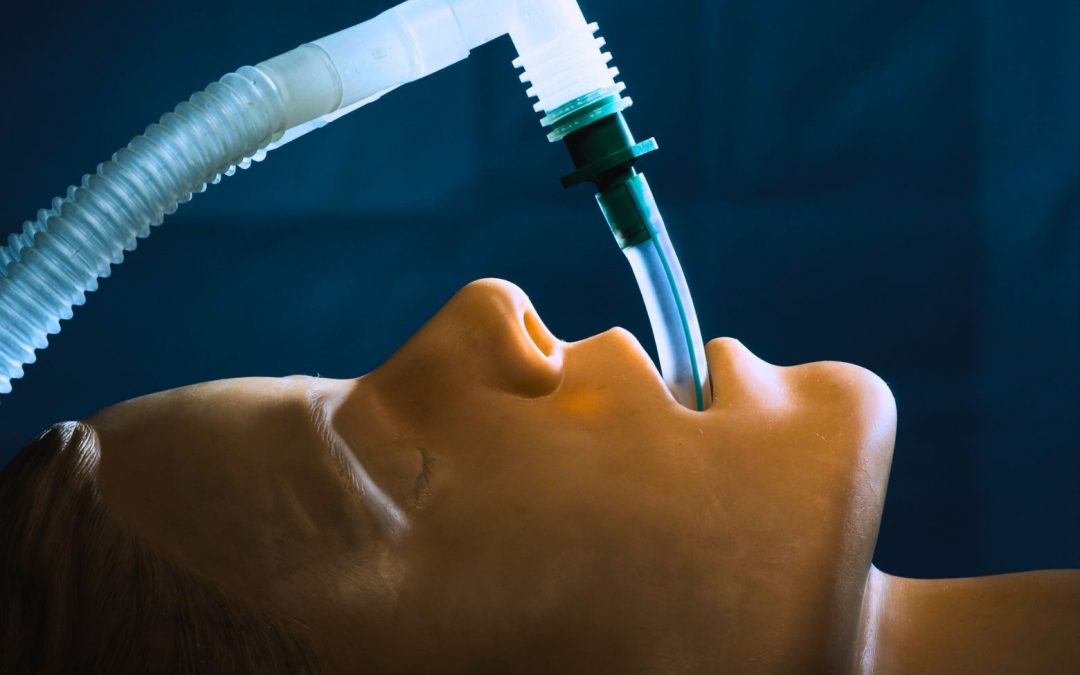Managing Pressure Injuries
There are various management strategies for pressure injuries, depending on the stage and severity of the injury. These strategies include:
Special Mattresses
There are pressure reduction surfaces for each type and severity of pressure injuries. Some of these special surfaces include dynamic mattresses, low air loss mattresses, and air fluidized mattresses.
Pressure-Relieving Materials
Waffle boots protect the heels and ankles. Special pillows support the elbows and applying foam dressings on bony prominences such as the tailbone. Additionally, there are medical devices, such as BiPap (non-invasive ventilation) or face masks, to prevent medical-related pressure injuries.
Topical Ointments and Dressings
Topical ointments and medicated dressings for can be used to treat patients with different types of ulcers after a consultation from a wound care nurse or physician.
Incontinence Pads
These help absorb moisture from the patient’s skin to prevent moisture-related skin injuries. Appropriate perineal care should be done every after incontinence and make sure the skin is kept dry.
Repositioning
Patients should be turned every 2 hours and skin should be monitored to prevent constant pressure to the skin.
Diet and Nutrition
Maintaining an adequate nutrition or supplement promotes the healing of wounds.








